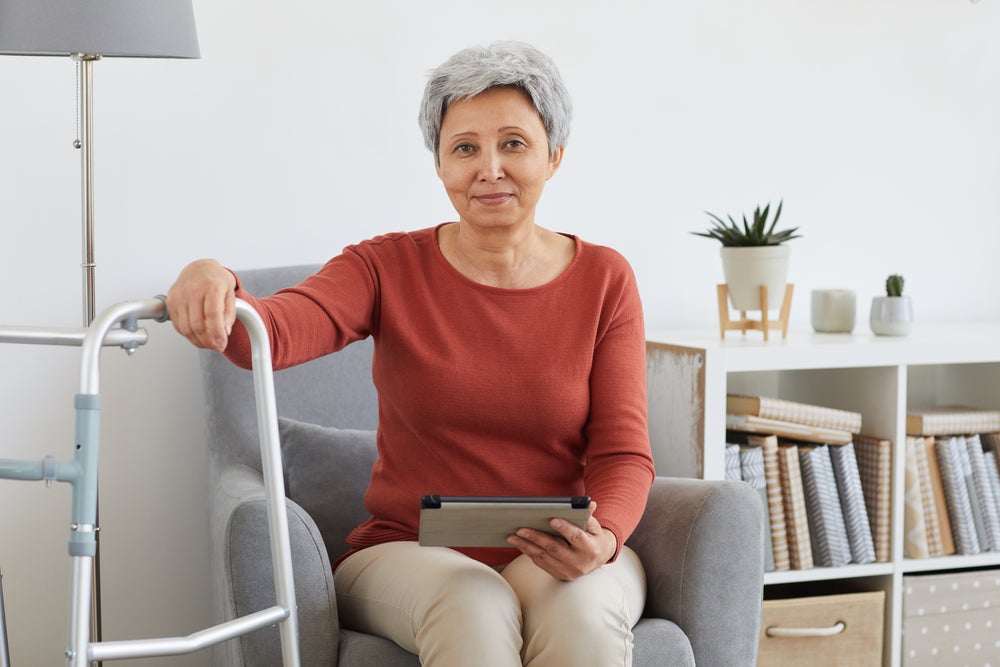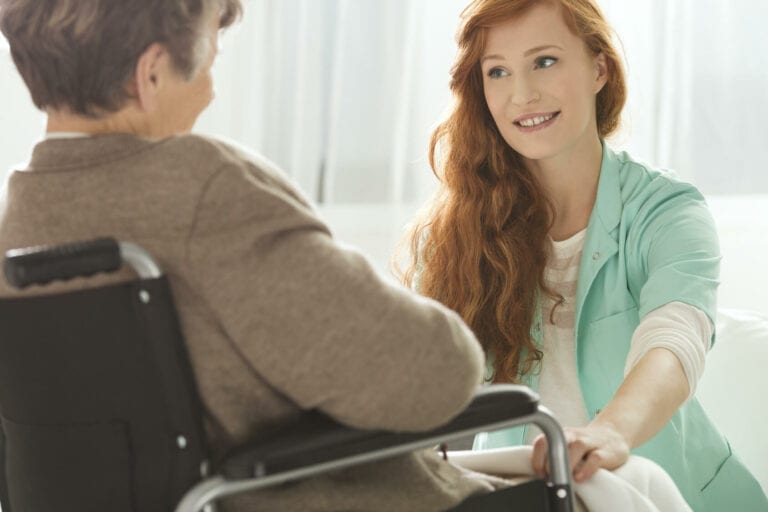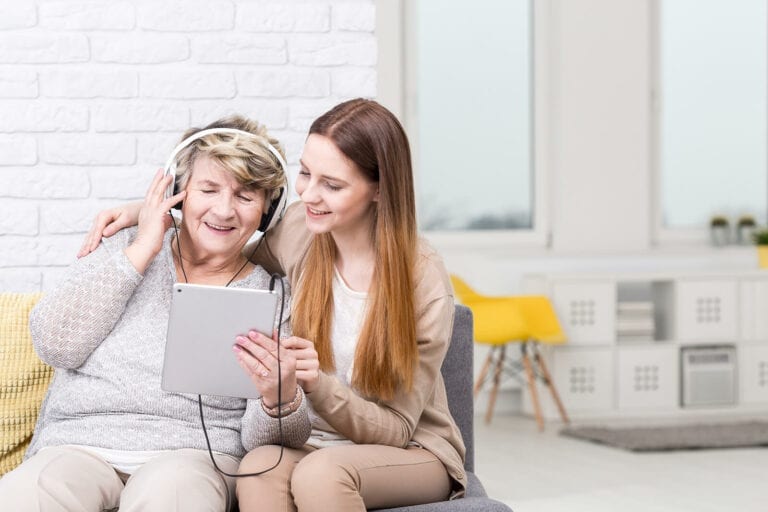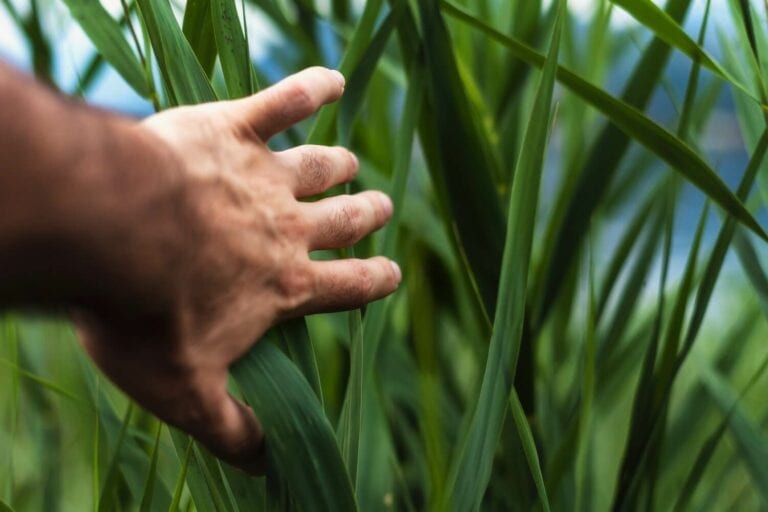Any person, whether they are an elderly person with arthritis or balance issues or a teenager recovering from a sports injury, can have difficulty getting around the house. There are numerous things you can do to make your house safer and your life easier, regardless of whether your reduced mobility is temporary or permanent. Home Safety Tips for Seniors with Mobility Issues
A few furniture rearrangements or the installation of a few railings in key spots can make a significant change to your home. This room-by-room tutorial concentrates on easy ways to establish a secure sanctuary. However, it also involves more significant interventions that may be beneficial if you have ongoing mobility problems.
How to Avoid Falling Downstairs by Entering Deftly
Weather can make building entrances dangerous. Even a few steps can seem like a mountain when moving is hard. Clear and light the way from the street to your front door.
If possible, install a robust handrail on both sides of the stairs. Carla A. Chase, EdD, assistant professor of occupational therapy at Western Michigan University College of Health and Human Services in Kalamazoo, says, “Adding a second banister on the other side can make a huge difference, especially if one side of the body is more impaired.”
Cooking at Home: You Need to Get Creative
Cooking with less strain on the back and shoulders thanks to these easy hacks:
Avoid ambiguity:
Instead of hanging or storing pans, leave them on the burner or a countertop rack. Store plates, bowls, cups, and other heavy-use items in one drawer or shelf. Use high shelves for seldom-used items.
Buy a reacher:
These smart, affordable instruments have many household uses. You can reach high shelves and the floor without bending or using a footstool, which can be dangerous. A reacher can clean up kitchen spills whether sitting or standing.
Keep seated:
So that you can sit down while chopping vegetables or performing other kitchen activities, place sturdy chairs with arms in strategic kitchen places. According to Tracy L. Van Oss, DHSc, assistant clinical professor of occupational therapy at Quinnipiac University School of Health Science in Hamden, Connecticut, “If you can do everything from a seated position, that’s ideal.” Home Safety Tips for Seniors with Mobility Issues
Let your bookshelves do the work:
Things can be made easier to reach in corner cabinets and refrigerators by using slide-out shelves or a Lazy Susan, a round, rotating tray. Although a wheeled cart, like a tea cart, costs a bit more, it can provide storage space and make it simpler and safer to handle heavy objects. Use it, for instance, to transport a saucepan from the refrigerator to the stovetop.
Keep the ground moist:
Kitchen floors frequently get dirty. For cleanup, keep paper towels and a reacher on hand.
Easy Living Tips for the Living Room
The following four small changes in the living room can make a big difference:
- Rearrange the furniture. No matter how attractive the existing setup is, if entering your living room involves crossing an obstacle course each time, you won’t like it. Set up the furniture according to your needs: Anything that makes it harder to move about should be moved. Give yourself more room around furnishings if you use a walker or wheelchair. Ensure that lower furniture pieces are well out of the way. For example, coffee tables and ottomans might pose a particular risk.
- Make seating more comfortable. The height of chairs and sofas shouldn’t be such that you have to stoop to sit down or struggle to stand up. Adding a pillow for height can serve as a quick fix. Purchase some affordable risers to lift the seat above the legs instead.
- Take up the rugs. Limited mobility and carpeting don’t mix well. To prevent tripping, the best temporary solution for throw rugs is to roll them up and move them out of the way. Make sure the rug lies flat with no edges or corners protruding, and that there is a non-slip pad underneath it. If the tape is required to hold them in place, do so.
- De-clutter. Get rid of clutter and check that telephone and electric cords won’t trip people up for easy shifting.
Keeping Balance in the Bedroom
Your bedroom is your sanctuary. To keep it that way:
- Ensure that your bedroom is accessible. If you have mobility issues or balance issues, climbing and descending stairs can be taxing and dangerous. If your bedroom is upstairs, think about turning a room on your house’s main floor into a bedroom. After that, relocate your bathroom and grooming supplies to a downstairs restroom.
- Create a comfortable bed. If joint pain makes it difficult to get comfortable in bed, additional pillows may be helpful. Put your bed on risers to make it easier to get in and out of if it is too low for you. Add a bedside grab rail if getting out of bed is still difficult.
- Keep necessities close by. Place a nightstand on your side of the bed with drinking water, medications, a flashlight, a phone, and crucial phone numbers. Keep a bell on the nightstand as well if it would be required to call for assistance from a caregiver who is close to the house. If the visitor is far away, you might also invest in a cheap wireless doorbell. Even just knowing that assistance is there in the middle of the night can be soothing, according to Chase.
- Be prepared for nature’s nighttime cries. Install one or more nightlights if you frequently get up in the middle of the night to use the restroom. A portable toilet for your bedroom can be a good investment if you’d prefer not to go that far at night. For males, a plastic urinal that can be used in the bed is an even more practical and affordable choice. It is a suitably shaped container with a lid. According to Chase, using a male urinal is far cleaner and more pleasant than using a bedside toilet.
- Dress more easily. To dress and undress, it can be more stable to sit on a robust armchair as opposed to lying on a bed or standing. And as you sit down, reach, or rise, you can use your arms to balance yourself. To put on shoes without stooping, use a shoehorn with a long handle. A dressing stick, which is just a stick with a hook at the end, can assist you to reach high-hanging clothing, pulling on pants or skirts, removing socks, and pulling on clothing. Home Safety Tips for Seniors with Mobility Issues







